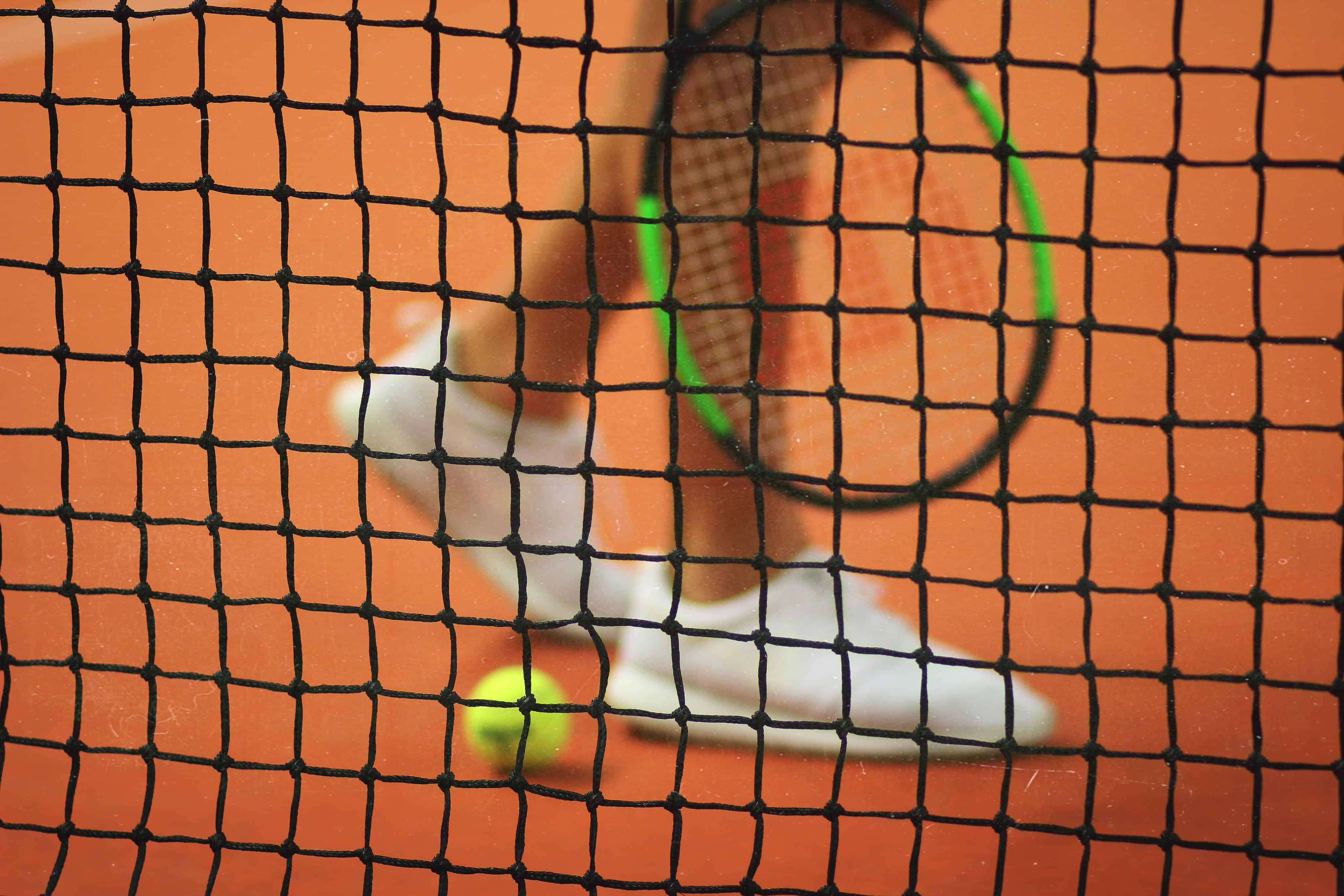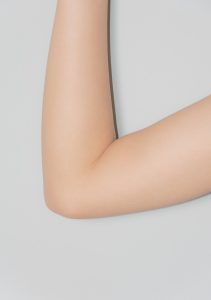Tennis Elbow is a common injury affecting people of all ages, though it’s most common between the ages of 30 to 50 years old. This is an injury impacting the outside of the elbow, caused by overuse of the muscles in the forearm near the elbow joint.
If you want to find out everything there is to know about Tennis Elbow and how braces and straps can be used to make a positive difference, keep reading below.
Tennis Elbow
As mentioned above, Tennis Elbow can impact people of all ages. There are various ways to help aid the recovery of Tennis Elbow without causing more damage or harm to the joint and muscles.
This is an injury that can get better without treatment, generally lasting around 6 months to 2 years, though a full recovery will be made within a year. It’s key you rest your arm and make sure you stop any activities that caused the injury to begin with or that are making your injury worse.
Causes
Repetitive movements, such as tennis, for example, cause Tennis Elbow. Here are a few examples of the type of movements that can cause Tennis Elbow so you know exactly what to look out for!
- Racquet Sports – Sports such as tennis, badminton, squash and discus are examples of sports that would cause repetitive stress on your elbow joint.
- Repetitive use of hand tools – If you’re a keen gardener, you’re likely using sheers, scissors or even a screwdriver.
- Hand and wrist movements – Tasks such as typing, writing and sewing will cause Tennis Elbow, this is because they’re known as a ‘fine wrist movement’.
- Music – If you’re a musician, playing certain instruments such as the violin can cause Tennis Elbow.
It’s important to note how much pain you’re in, even after rest. Keep your arm rested for a few days by avoiding the activity that caused the pain to begin with. If the pain doesn’t subside after a few days’ rest, make sure you go and see your doctor.
Diagnosis
When you visit your doctor, they’ll check a few things to make sure they diagnose you correctly. Make sure you take note of what might be causing the pain, when you’re there, they’ll likely check for:
- Swelling
- Tenderness
- Your ability to stretch your fingers out
- Your ability to flex your wrist whilst your elbow is stretched out
If your doctor suspects you have nerve damage causing the pain, they’ll order an MRI scan or an Ultrasound Scan. Once they have the results of these scans, you’ll get a more in-depth view of the treatment plan that should be taken.
Treating Tennis Elbow
Good news! Tennis Elbow gets better by itself without the need for surgery. There are a few things you can do, besides the treatment your doctor has recommended, to help ease the pain and aid your recovery.
- Take painkillers
- Rest your arm
- Put an ice pack on your elbow for a few minutes, several times a day
- Physiotherapy may be recommended in severe cases
In extreme cases and as a last resort, surgery may be recommended to remove the damaged part of the elbow tendon.
Preventing Tennis Elbow
Though it’s not easy to avoid getting Tennis Elbow, it can still be prevented. If it’s work-related, it may not be easy to avoid the task that’s affecting the elbow tendon, however, there are still steps you can take to help.
Take regular breaks where you feel as though you need them, remember to rest your arms and try to switch up your tasks if possible to give your arms a break. You can also wear braces and straps to help ease any pain if you do get Tennis Elbow.
If your Tennis Elbow has been affected by sports, for example, changing your technique whilst you play is a great way to avoid any repetitive movements. All of these steps will help to prevent Tennis Elbow for as long as possible. Taking care of your body and listening to it is key!
Using Tennis Elbow Straps
Unless you’re specifically recommended otherwise, it might be helpful to wear Tennis Elbow Straps when you’re playing sports. This should help to ease any discomfort to your elbow tendon. Here are a few tips on how to wear your elbow straps!
- Only wear it when you’re undertaking activities that aggravate your elbow tendon.
- The strap should be wrapped around your forearm, around 2 finger-widths below the elbow.
- If the strap has a gel pad, it should be placed over the largest part of the muscles on the back of the forearm.
- The strap should be tightened in this position, firm but not too tight.
- One finger should be able to easily slide between the strap and the arm.
- If you feel tingling, numbness or throbbing in your hand, the strap is too tight.
Remember not to wear the elbow straps all of the time, this will only hinder your recovery process.
That’s all there is to know about Tennis Elbow, the only real way to ensure a full recovery is to make sure you rest regularly and listen to your body cues.




